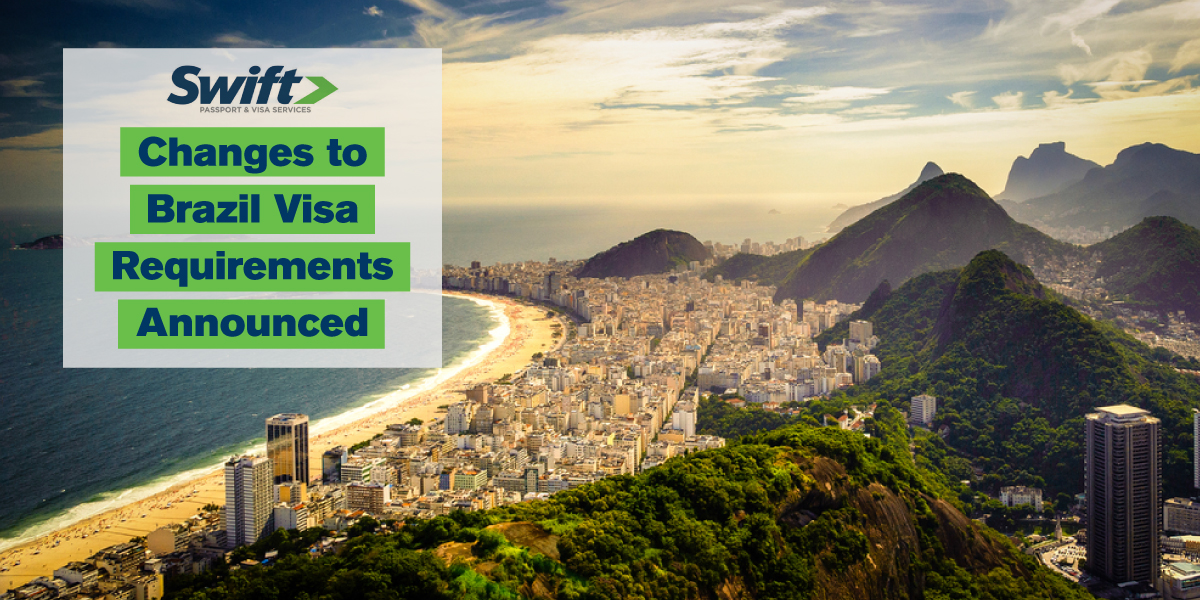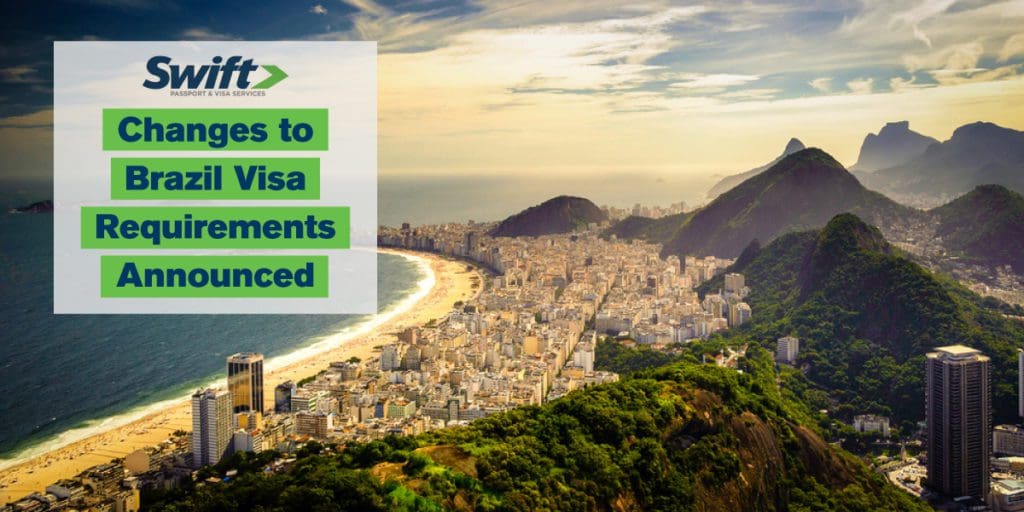
Americans can soon add Brazil to their list of possible last-minute travel destinations!
Beginning June 17, South America’s largest country will allow visa-free entry for citizens of the U.S., Canada, Japan, and Australia. Tourists from these select four countries will be able to stay 90 days at a time, during which you can freely leave and re-enter as needed. If your dream vacation doesn’t quite fit into three months, don’t worry. It’s possible to extend for a maximum of 180 days, starting from the date of first entry, every 12 months.
That means no visa or preregistration of any kind will be required to cross Brazil off your bucket list. It’ll be as easy as visiting Canada or Mexico; all you’ll need is a plane ticket and a valid passport.
How is this Different?
The new visa waiver, announced in March, will replace the electronic and standard visa system currently in place. Right now, Americans have two options. You can apply for an e-visa online, which covers 90-day stays, remains valid for two years, and costs $44 in fees. Alternatively, you can make an in-person appointment at a consulate to get a regular visa. These can be used for 180-day stays, last up to 10 years, and cost $160. Both options are also available through visa agencies, though additional fees apply.
Brazil began experimenting with a visa pilot project a few years ago. Citizens of the U.S., Canada, Japan, and Australia were first allowed visa-free entry from June 1 to September 18 during the 2016 Rio Olympics. Then in January 2018, Brazil’s government debuted its e-visa platform for the same four countries. This has made it more convenient and efficient to apply for and process visas entirely online.
If you plan to visit Copacabana Beach or Sugarloaf Mountain this spring, don’t write off this requirement just yet. Until June 16, Brazil-bound Americans will still need to apply and pay for a visa either online, through an agency, or by making an in-person appointment at a consulate.

Why the Change?
Brazil is set on boosting tourism.
According to its Tourism Minister Marcelo Alvaro Antonio, “tourism is being seen as a vector of economic and social growth of the entire nation.” Only 6.6 million tourists visited Brazil in 2017 — that’s less than 1/10 of what New York City received in the same year (an estimated 62.8 million people).
Hence, the e-visa. Within a year of launching, the online option reportedly caused a 35% uptick in visa applications. According to Brazil’s Foreign Ministry, issued visas rose from 169,910 in 2017 to 229,767 in 2018 (for business, tourism and transit) across the four affected countries. The new visa waiver is intended to increase those numbers even more.
Brazil’s new right-wing president, Jair Bolsonaro, took office in January 2019 and made tourism a focal point of his administration. This includes both this visa initiative and strengthening relations with the U.S. In fact, the visa waiver was announced the night before Bolsonaro’s very first visit with President Trump. With no planned reciprocity from the U.S. as of yet, Brazil’s visa-free policy seems to be a strategic gesture of good faith. However, this is a contentious issue inside the Brazilian government and could potentially change if the US decides to continue requiring Brazilians to obtain US visas.
Brazil said it aims to hit 12 million annual visitors by 2022 and will double its spending on foreign tourism advertising to $34 million in order to achieve it.
It doesn’t take much to sell the idea, though. Just imagine those Ipanema sunsets, colorful festivals, cassava chips, and refreshing caipirinhas… it might be hard to wait until June. Swift Passport can help you fly through the visa process while it remains in place.

